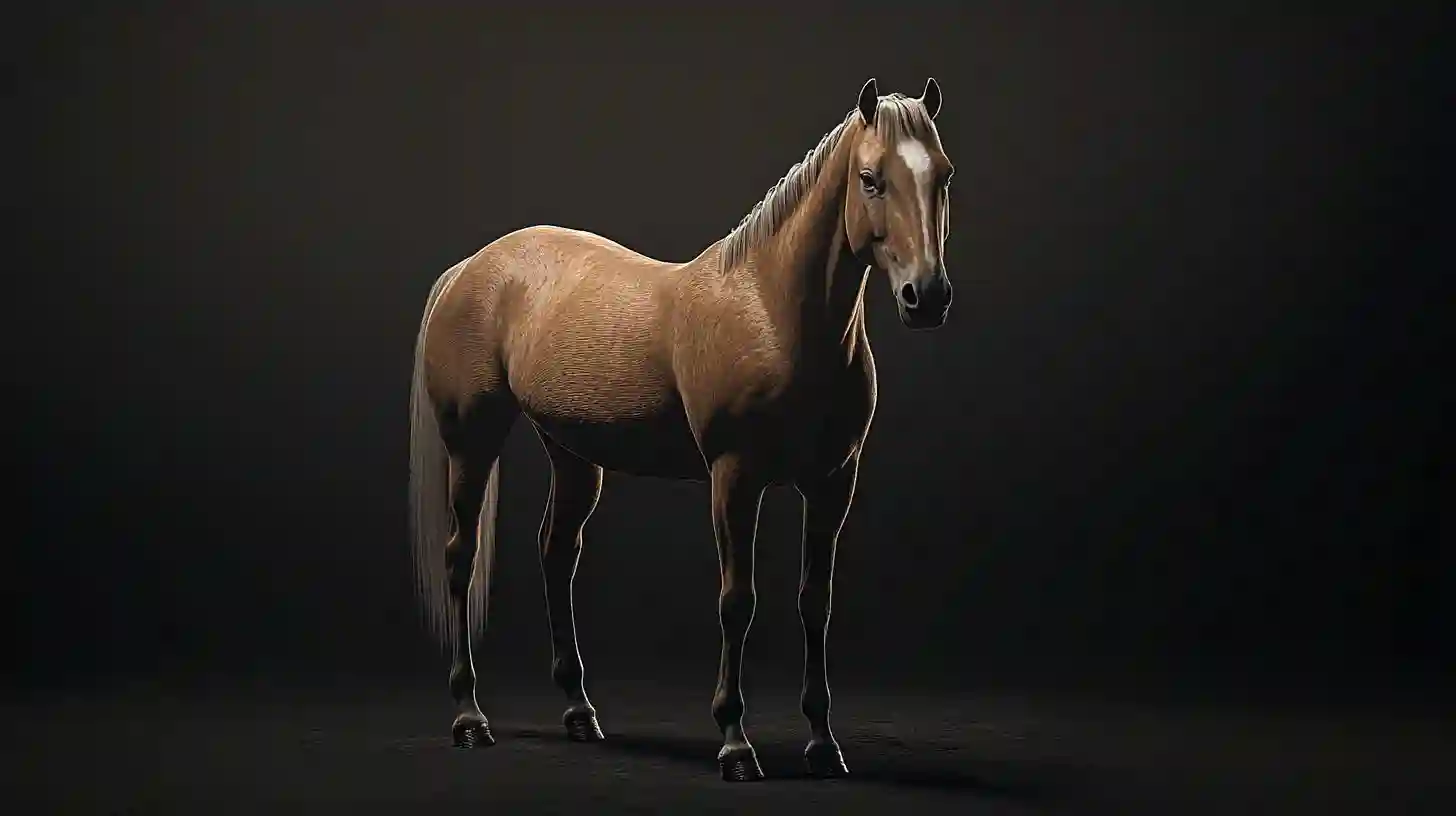
When evaluating a horse's health and quality based on its appearance, a comprehensive understanding of equine anatomy and behavior becomes essential. Experienced horse owners and professionals recognize that visible indicators can offer significant insights into a horse’s overall well-being. Observing a horse in its natural setting can reveal a multitude of details about its health status.
A horse's coat is often one of the first features to be evaluated. A shiny, well-groomed coat generally signifies good nutrition and overall health. It reflects not only the horse's diet but also its grooming routine and living conditions. Any dullness, excessive shedding, or rough patches may indicate issues such as inadequate nutrition, dehydration, or underlying health problems such as parasites or illness. Moreover, a healthy coat can display a range of colors, and each breed may showcase unique features related to coat quality. The skin beneath the fur should also be examined for signs of irritation, bumps, or unusual growths, as these can be symptoms of dermatological issues or infections.
Next, the horse's body condition is paramount in assessing health. Observing whether the horse is underweight or overweight is crucial for evaluating its nutritional status. A well-proportioned horse shows proper muscle tone and fat distribution. Key areas to focus on include the ribs, spine, and hips. The ribs should not be protruding excessively but should be easily felt under the skin. A horse that appears excessively thin might be suffering from malnutrition or some underlying health concern, while an overweight horse may be prone to metabolic disorders or laminitis. Monitoring the body condition over time is essential, as it provides a perspective on dietary needs and potential health interventions.
Gait and movement also serve as vital indicators of a horse’s health. Observing a horse while it walks or trots can reveal the presence of lameness, stiffness, or discomfort. Smooth, fluid motion is a sign of healthy joints and muscles. Any irregularities, such as limping or uneven strides, should be examined further. A horse that moves with hesitance or shows resistance to movement may be experiencing pain, strain, or injury. Additionally, the horse's overall posture is significant. A relaxed stance with properly positioned legs and a level back suggests comfort and confidence, whereas a horse that stands with its weight shifted or shows signs of tension may indicate stress or pain.
Dental health is a critical aspect often observable through the horse’s behavior and feeding habits. Horses with dental issues may show signs of discomfort while eating, such as dropping food or being selective about what they consume. Regular examination of a horse's teeth can help identify issues like sharp edges, misalignments, or decay. Additionally, a horse that consistently keeps its mouth open or displays excessive salivation might be suffering from dental problems that require professional attention.
The eyes also provide significant clues about overall health. Bright, clear eyes are typically a sign of good health. Sunken eyes, excessive tearing, or discoloration may suggest illness, dehydration, or pain. A horse should be vigilant and responsive to its surroundings; lethargy or a lack of interest in the environment can indicate discomfort or distress.
Behavior and temperament also reflect a horse's health. A horse that is energetic, alert, and willing to engage with handlers and other horses generally indicates a positive state of health. Conversely, sudden changes in demeanor, such as increased aggression or withdrawal, can raise flags concerning potential psychological or physical issues. Stressors such as overcrowding, improper handling, or poor training practices can also impact a horse's mental state, making behavior evaluation key to overall assessment.
Regular health checks should include observing vital signs such as temperature, respiratory rate, and pulse. Any deviations from the norm can signal underlying health conditions and should prompt further investigation. Maintaining detailed records of these observations can help detect trends over time, promoting proactive health management.
By integrating observations about a horse’s physical appearance, behavior, and overall demeanor, equine professionals and owners can better understand their horses' health status. Through vigilant observation and awareness, it becomes possible to ensure that horses lead healthy and fulfilling lives, ultimately enhancing their performance, longevity, and quality of life.